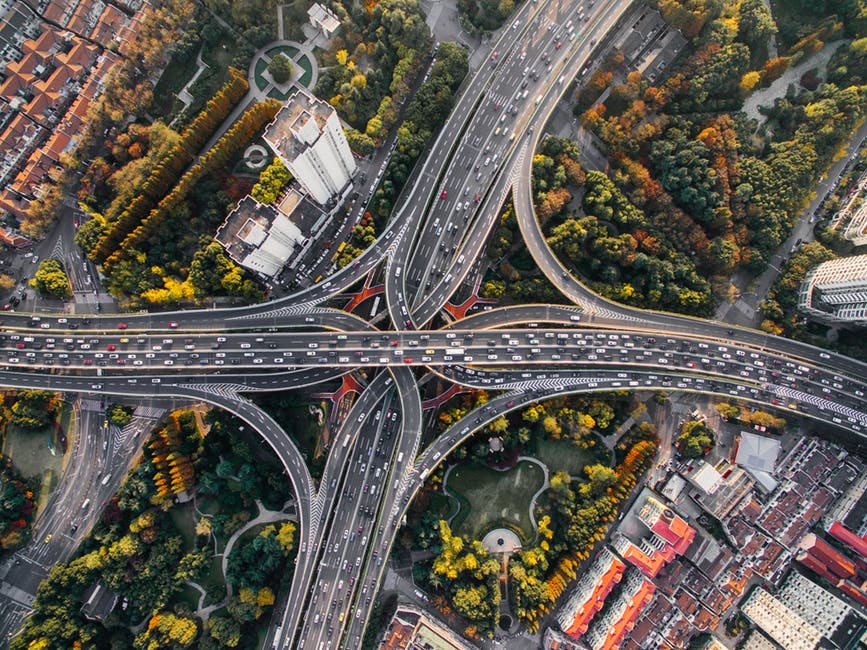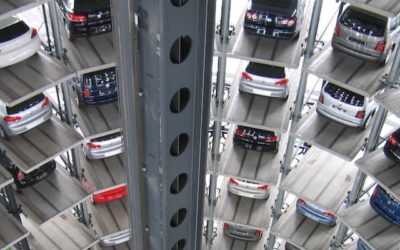For government officials and municipal leaders, the challenges of accommodating the interests of both residents and businesses often involve factors of transportation. Roadways and rail systems can quickly eat up budgets and real estate, and infrastructure investments require both political willpower and long-term planning.
Many people now expect that our future transportation networks could change dramatically with the introduction and adoption of self-driving cars. With that in mind, leaders are beginning to ask certain questions: What developments should we expect? How can municipalities prepare for these changes? And, most importantly: How could these new technologies be best put to use to meet city and community goals?
What Autonomous Vehicles Are (and Are Not)
Although it is helpful to start with a basic understanding of Autonomous Vehicles (AVs), it is important to note right away what they are NOT: AVs are not necessarily electric vehicles, nor ride-share vehicles. Like any vehicle, they can be made electric or used for ride-sharing, but those are independent ideas. Therefore it should not be assumed that a transition to driverless cars would mean a reduction in vehicle emissions or vehicle ownership, although those are possibilities.
The core concept of an autonomous vehicle is its ability to operate (within certain limitations) without the assistance of a driver. This means a savings of human capital, either to be freed to perform other activities within the vehicle, or to be excluded from traveling with the vehicle entirely.
Benefits of Autonomous Vehicles
Also, in some ways, computers are better drivers than humans. The primary benefit of AVs most often cited is safety, as a majority of all automobile accidents are caused by human error. A second substantial factor is energy management, as AVs can avoid the wasteful excessive acceleration, braking, and idling common to humans. For cargo transport, AVs operating without any humans at all would also be able to eliminate costly accommodations such as air conditioning and rest stops, not to mention the potential of efficient, specialty-built cargo vehicles.
These two factors alone have the potential to benefit municipalities immensely. Increasing public health, reducing costs due to accidents, and running city vehicles more efficiently are all direct wins for any city government. These examples don’t even require any effort on the part of municipalities other than adaptation as technologies are developed. But they are only the tip of the iceberg.
The real potential of autonomous vehicles lies in how they can be used to incentivize new choices and behaviors within cities. Traffic congestion, land use, and sharing of resources can all improve through the implementation of AVs, and subsequently perhaps even pollution, community integrity, and quality of life.

Many elements of our current transportation networks are relics of times gone by, originally designed for fewer vehicles or older forms of traffic. The automobile industry has pushed out streetcars and regional rail-service in many areas, and in fact now most new construction in North America assumes and accommodates the use of private cars. In these ways, automobiles have become entrenched and obligatory parts of our society, despite their drawbacks of inefficiency, pollution, and traffic congestion.
Re-imagining the Future
AVs have the potential to shake up our relationships with the automobile, and cities could perhaps use this opportunity to spur changes that will benefit their citizens. If the use of AVs allows for a reduction of vehicle miles traveled (VMT), then traffic, pollution, and energy use could be reduced. If the use of AVs leads to an increase in ride-sharing or use of public transit, these systems could grow and allow private-car infrastructure to shrink. In an ideal scenario, real estate currently used for parking could eventually be put to other purposes. To extend this idea even further, communities could choose to redesign neighborhoods to be more walkable and build new public spaces, improving the connections and quality of life amongst their inhabitants.
The key to these futures lies in imagining possibilities of reinventing our relationships with transportation. It starts by examining why we wish to move ourselves and other people and property, what that movement is worth to us, and what the parameters are in which we are willing to choose it. When we begin to examine our use of transportation, we find there are many factors that become important: speed, efficiency, comfort, privacy, immediacy, cost, image, reliability, safety, and many more. Within these factors can be found opportunities for tradeoffs and improvements. For example, if the cost can be reduced will people take trips they wouldn’t otherwise have taken, and vice versa? If travel times increase will people choose to live closer to their work? Looking at transportation from these perspectives allows us to envision new possibilities.
For cities, the most important part of integrating autonomous transportation technologies will likely be maintaining a vision of what they would like their cities to become. With this in mind, leaders and planners can make the necessary decisions on when to use the technologies toward improving our networks of personal vehicles, and when to focus on improving and expanding mass-transit solutions instead.
More Articles on Automated Vehicles:
The Surprising Downside to Driving
The car is the perfect transportation device. It takes me anywhere, anytime I want, effortlessly and fast…
read moreAVs might not be the biggest change coming to city transportation
AVs are being hailed as the solution to our transportation problems. But the biggest wins may lie elsewhere.
read moreWe can do a lot without AVs
AVs are coming… but we don’t have to wait
read more



